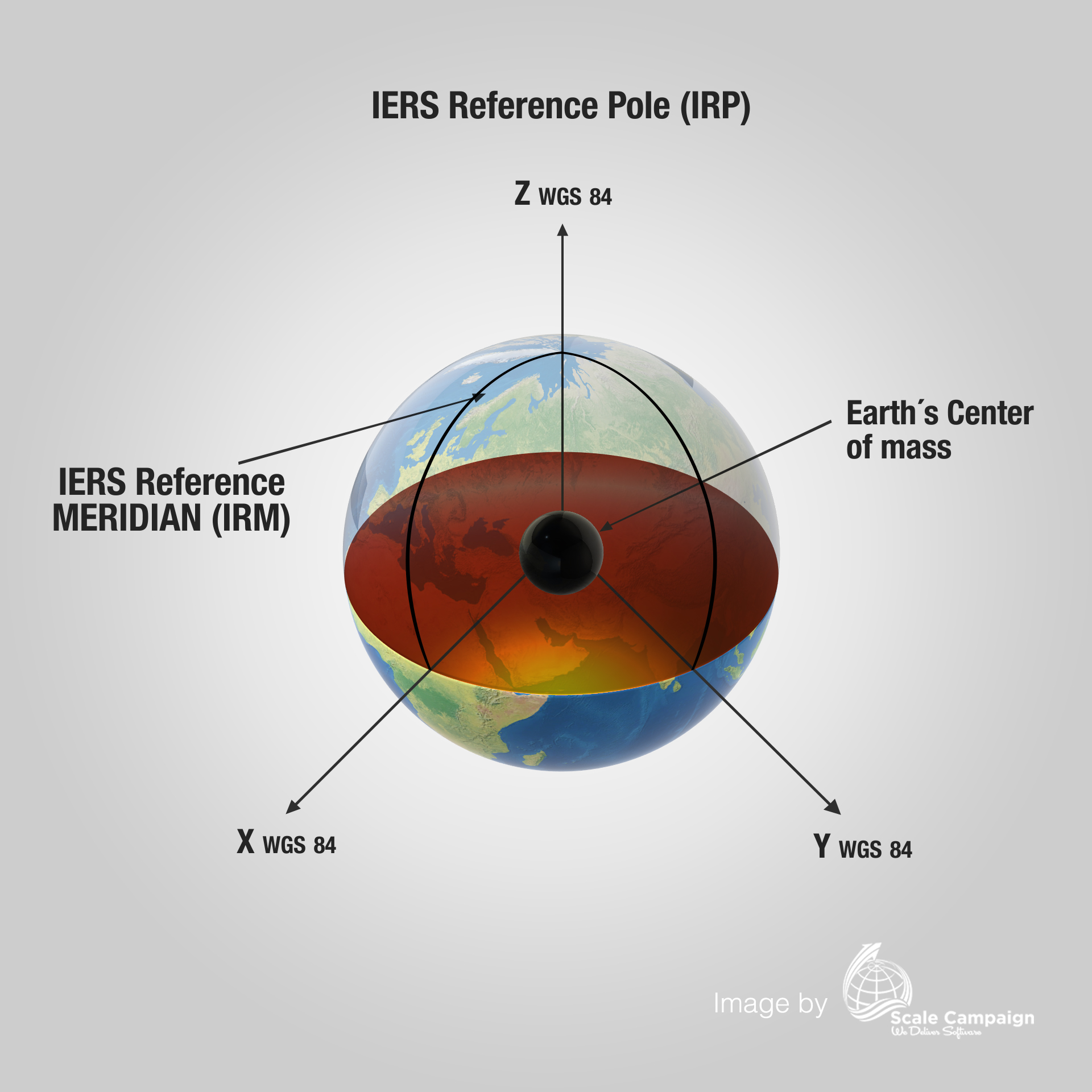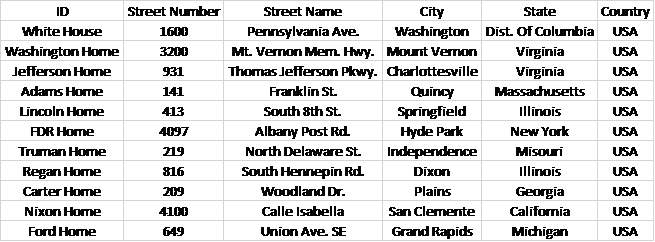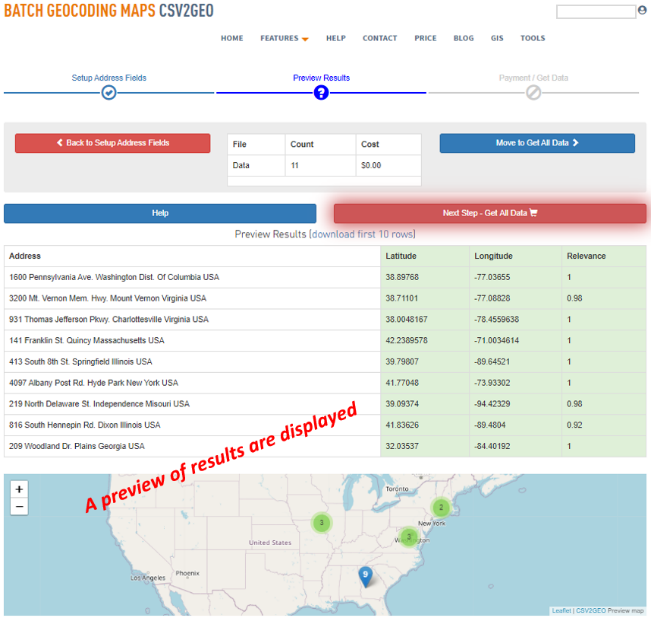How to Get Latitude and Longitude from Postal Address?
Find yourself needing latitude and longitude data such as Global Positioning System (GPS) or International Earth Reference System (IERS), given only postal addresses? For a small few, you can simply use Google Maps, enter the address and in the URL bar Google provides the desired coordinates. That approach can work for a while with small data sets. However, what about when the number of addresses grows? You could become stuck with a tedious task you think could be automated. You may believe there must be a better way. And sure enough, you would be right.
Before we dive into how this is done, let’s establish some terms. We will consider only World Geodetic System (WGS84) in our efforts. Other systems exist, but this is the modern global standard.
 |
Our goal here is to obtain X and Y from the result. We will call it latitude and longitude.
For this exercise we will avoid talking about altitude(Z) as it is not relevant.
To start you would need some type of computer, tablet, or simply a mobile device.
Go to the CSV2GEO.com app and let’s see how this done.
NOTE: Please log-in as guest and enter an email address and password for access to this app.
|
CSV2GEO.com |
 |
| Example: ID, Number, Street, City, State, Country | |
 |
 |
Then, save this file as “.csv”
Now, let’s load again the info into the website. Either “Browse and Select” or “Drag and Drop” the file from your local PC drive into the designated area (orange box on home page).
 |
The file format MUST be “.csv” with UTF8 (as instructed above).
After loading the datafile (this example: Presidents Home Addresses CSV2GEO Example.csv), you will be able to see the first few lines, as shown in the illustration below. You must then select the appropriate data type for each column (shown in red). Click on each column header and select as appropriate. Ignore any data type (column) where data exists which is not on the pull-down menu (for example here, ignore the “ID” type).

All settings must apply consistently to data type in from the menu.
|
Note: advance settings are not mandatory. In advance settings, select “Country” and “Language”. CSV2GEO does try to identify the language on the fly per each row, but a primary language will expediate the run and ensure primary interest. Next, select “Process data” and a “Preview” of your data should be displayed. You can visually observe the Latitude and Longitude for your data as well an expandable map showing location. If your whole batch file held less than 10 address records, you would be essentially done. Just extract your data file and get on with your project with this useful data. However, for this example, we will continue to extract the data as if the file were much larger. Click on the “Next Step Get All Data” button. From there you can retrieve downloads of the latitude and longitude flat file (Excel.csv, as shown below) as well as a map file (expandable and with different formats from satellite image to street map views, as shown below).
|
 |
Note: It’s important to understand how latitude and longitude are provided. Usually these rational numbers can include upwards of 15 digits or more. CSV2GEO usually truncates these extraneous data at 5 significant figures. This provides resolution of data at less than +/- 0.3 meter (both latitude and longitude).


So, in conclusion, anything beyond 5th digit is not applicable for most address conversions. Also, if the geocoded file is larger than ten records but shorter than one hundred, you may want to check-out our tutorial:
How to Get Latitude & Longitude Coordinates of a Batch Address Files for Free?
If the geocoded file is with size bigger than 100 rows, this tutorial can help: How to batch geocode large file?
Follow us on twitter and like us on Facebook.
